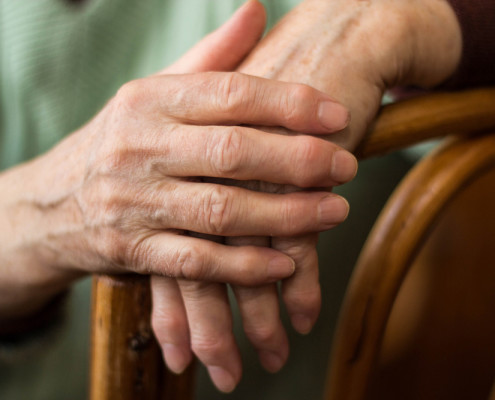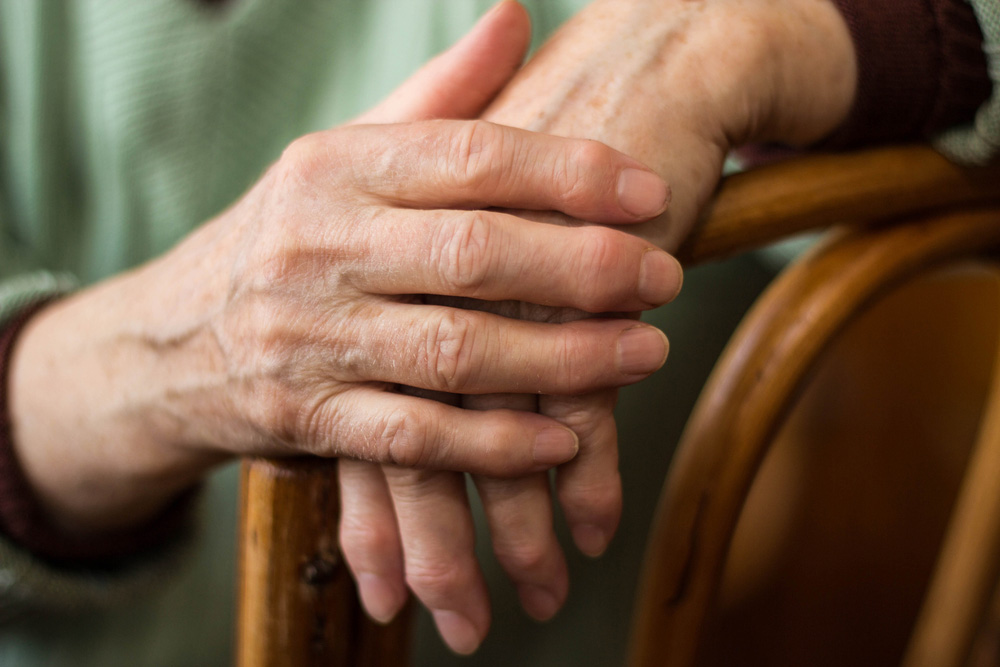All About Osteoarthritis
Arthritis is a degenerative joint disease which is the leading cause of pain and disability within the elderly. It currently affects around 3.85 million Australians which accounts for about 15% of the population. The most common joints affected include the hips, knees, fingers, toes, ankles, spine, wrists and all other joints within the body. The most common form of arthritis in Australia is osteoarthritis.
Osteoarthritis is characterised by the breakdown of cartilage within the joint that degenerates over time causing localised pain, aching, and joint stiffness which limits functional mobility. It usually develops later in life as the onset of this condition progresses gradually over years. This break down and erosion of the cartilage within the joint progresses until the joint space is decreased causing an articulation between the bones and prominent surfaces on either side of the joint.
Risk Factors
There is no known direct cause for arthritis but the main risks associated with developing arthritis include being overweight or obese, and having previous joint related injuries. While many people consider wear and tear apart of ageing, conditions such as osteoarthritis can be prevented through early detection and effective management strategies.
The main goals for physical activity programs for patients with this condition is to reduce pain, increase physical function and optimise quality of life by increasing the patient’s capacity for recreational activities and activities of daily living (ADLs).
Exercise and management strategies
Although there are certain pharmalogical drugs such as anti-inflamatories and pain killers that help to reduce the symptoms associated with osteoarthritis, management strategies through exercise have also been shown to be effective in managing the condition.
The main aim through exercise would be to decrease the load placed on joints which can include weight loss if overweight or obese and to modify exercises to improve muscular strength and improve functional movement. Resistance training activities such as strengthening the quads are beneficial to improve muscular strength around the knee to assist with absorbing impact loads placed on the joint. Flexibility helps to increase the range of motion around the joint. And aerobic activities that can help reduce the impact on lower limb joints include walking, cycling, cross trainer, arc trainer or steppers are also commonly recommended according to whichever is most comfortable.
WIN A MASSAGE
Answer 5 true or false questions and place your completed quiz in our feedback box by 23 June for your chance to win.











